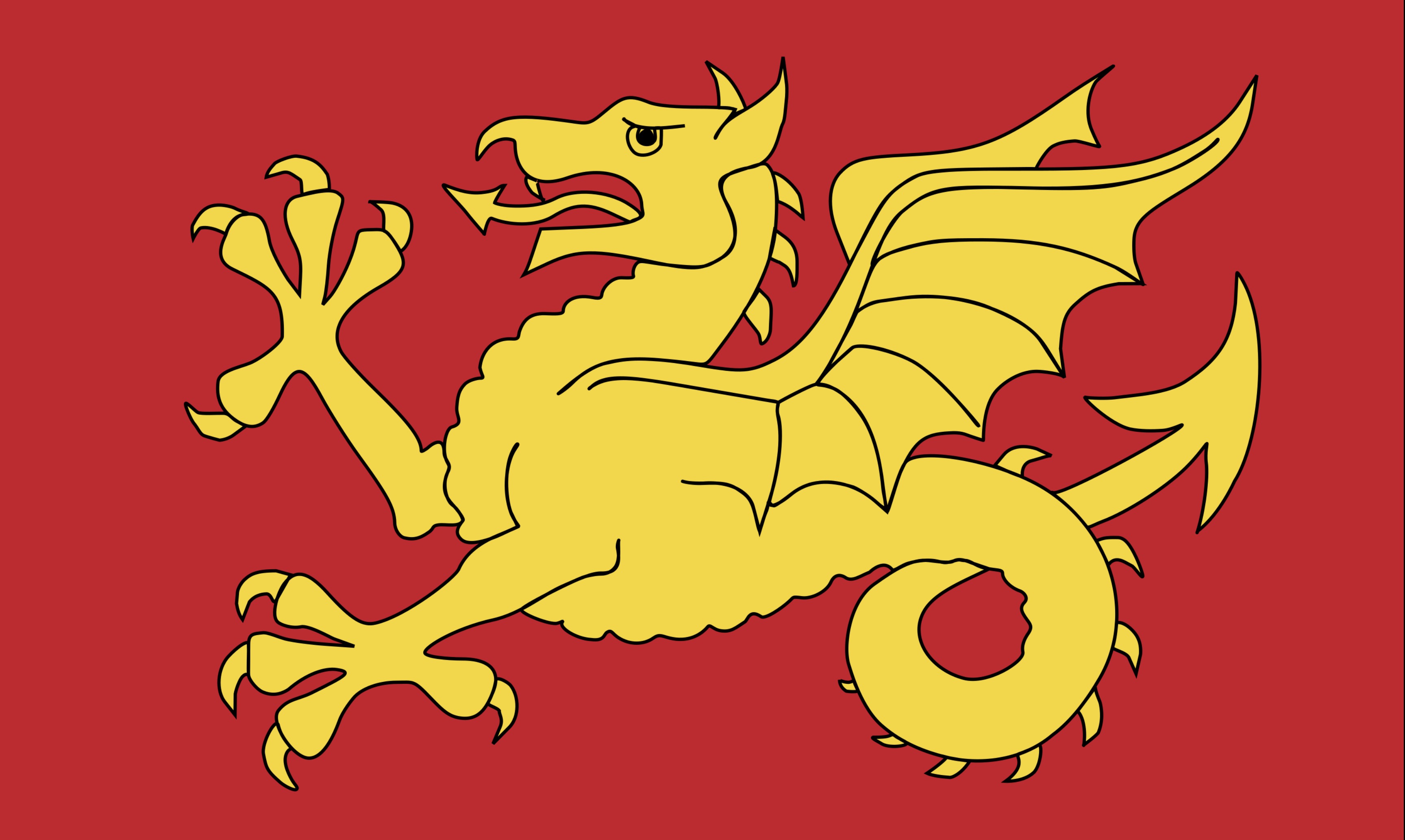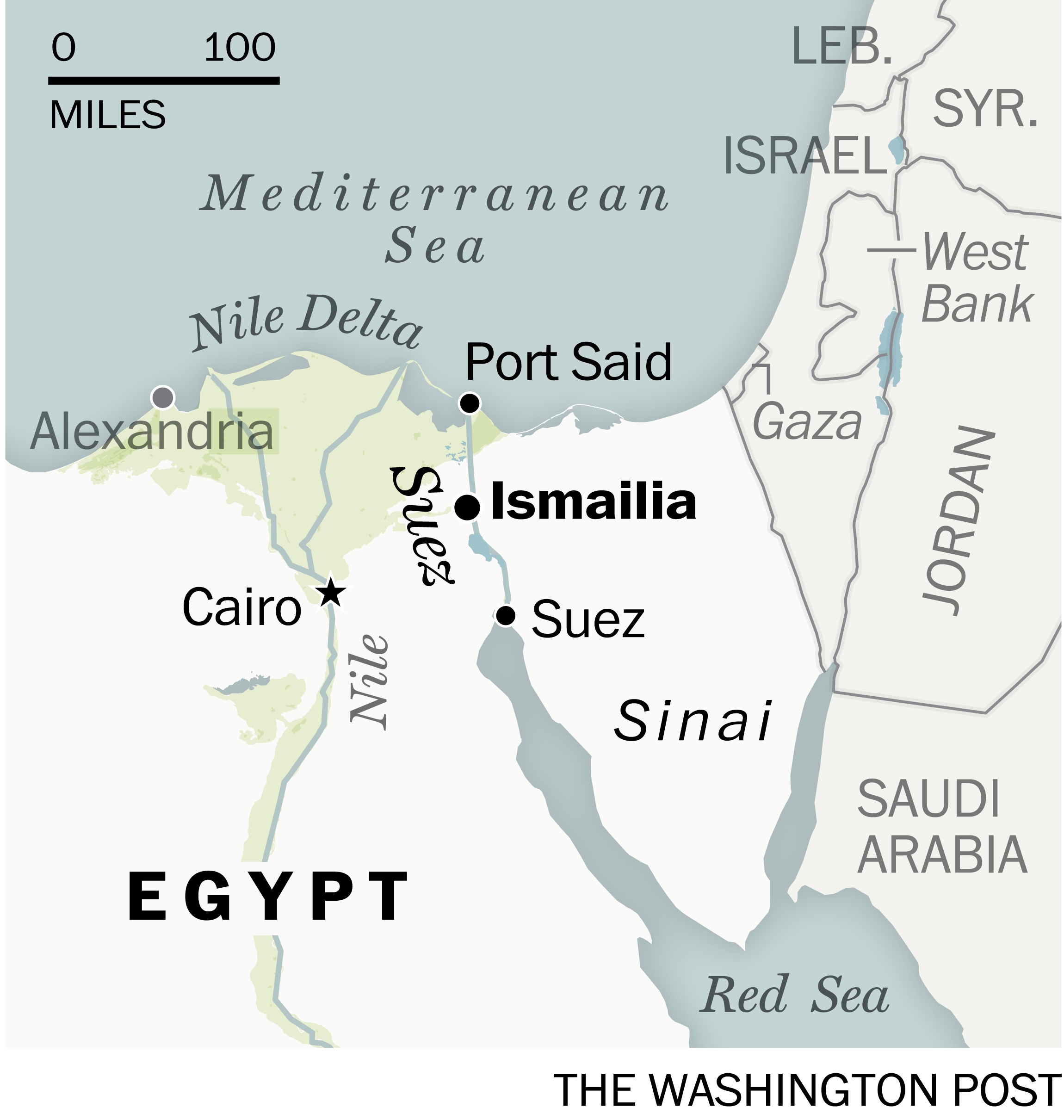| Issue November-26 | ||
 |  |
|
| ·Home ·Politics ·News ·Sport ·Life ·Culture ·World ·Essays ·About | ·Archive | |
| ||||||||||||||
| Near Death in Ismailia |
 |
In January 1952 I was not yet five years old but had lived for almost three years in Ismailia Egypt. My father was in the British army stationed after the second world war in Egypt. Although we lived in Ismailia my father worked occasionally in Port Said and Suez. Being in the transportation branch of the Royal Engineers it was part of his task to inspect so called Z-craft. These were, as far as I can ascertain, a type of craft that had been in service since the war to transport equipment from ship to shore. It was not a landing craft, more a logistical piece of equipment.
Incident in Ismailia In 1952 there was a nasty incident in Ismailia where we lived in a block of flats overlooking a large square. In 1952 the British had occupied Egypt for 70 years. However the occupation was limited to what was known as the canal zone. There had been attacks on the British forces by the fedayeen and in response to this, Brigadier Kenneth Exham ordered the police in Ismailia to surrender their weapons. This was on the morning of the 25th of January. The Egyptians including interior minister Fouad Serageddin refused and so 7000 British troops surrounded the station. At some point a shot was fired at the British and fierce firefight broke out which left 50 Egyptian policemen dead and 80 wounded. Originally there had been 700 auxiliary policemen inside the station, so it seems it was not just a normal small police station. The British suffered some minor casualties and took the serving Egyptians prisoner. Unfortunately I have not been able to ascertain the exact date but at some point there was a very large gathering of people, I believe they were students, in the square infant of our block. There was presumably a lot of shouting and jeering and all I can clearly remember was going through a door onto the balcony to see what was happening when a big block of concrete came fling from the square below obviously designed to hit me. If they had not missed I assume I would certainly have been killed. My mother rushed out and dragged me as fast as possible back into the flat from where we watched what was developing from other windows.
After that he went up to the roof of the flats and stayed there with his Bren gun to keep us safe. From my mother I learned many years later that British families had been murdered during this incident. All I can really remembe other than this incident was my father coming home with a rifle. Presumably an Enfield Mk 3 which I thought was terrific but was totally disappointed the new day when he, being an officer, came back with what seemed in comparison to be tiny a revolver. After that I remed er being taken together with my mother by car with mesh windscreen, to a ship, I believe in Alexandria to be evacuated to the UK. The ship was the famous Windrush, which at that time was a troop carrier and not busy picking up inhabitants from the Carribean . The journey took ten days I was told and I lived with my Mum and Grandmother in a prefab in Weymouth until Dad returned and was posted to BAOR in Bad Oeynhausen. So after all these years, do I bear grudge against the Egyptians for wanting to kill me? Not really. And at that time the Israelis were hell bent on killing British soldiers including my father so I have no favourites. -/- |
| ||||||||||||||||